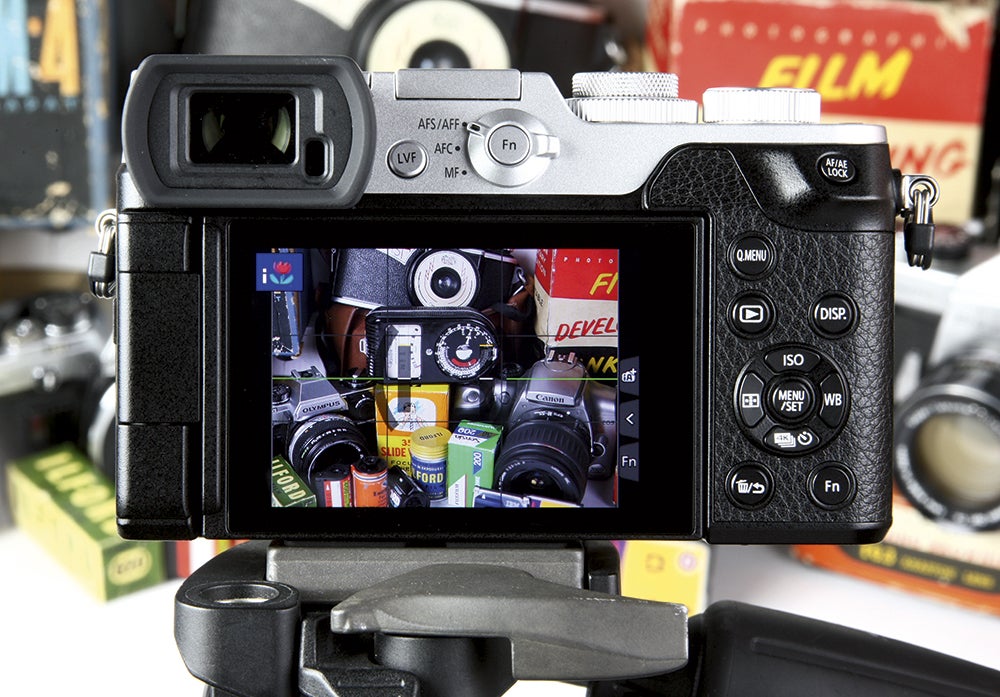In this article we look at the scene-recognition mode, providing a guide to what it is for and how it works
Scene-recognition mode was only invented relatively recently, but it has radically advanced the cause of camera automation. It is an automatic intelligent scene-recognition mode, not to be confused with manual user-selectable scene modes.
Scene recognition was brought to the fore thanks to live-view cameras, starting with compact digital cameras. Canon and Panasonic, in particular, developed cameras with so-called intelligent auto (iAuto) modes from 2006 onwards. With live view, the camera’s sensor gets a constant view of what it’s being pointed at which can be analysed by the camera’s image processor.
Scene recognition is at the heart of a true iAuto mode. The camera will evaluate the brightness of the scene, the distance to the focused subject and the white balance, and will attempt to identify what you’re photographing from what it looks like. Face detection had already achieved this by looking for an ovoid shape with dark areas where your eyes and mouth should be. This was later refined to face recognition, which can remember the faces of different individuals. But scene recognition goes further by being able to understand and recognise dozens of commonly photographed scenes, from landscapes and portraits to macro shots and night photography. By recognising the scene, the camera can invoke appropriate exposure and effects settings automatically. For example, some cameras can even detect movement in the scene and alter the ISO sensitivity in response, forcing a faster shutter speed to better freeze the action.
While scene recognition was initially exclusive to compact cameras, live-view DSLRs later appeared with scene-recognition modes. At first, these only worked if you were using live-view mode. But Nikon realised that its 1,005-segment RGB exposure sensor was also up to the task of recognising the scene without forcing the camera into live-view mode so the feature was introduced in the Nikon D300 and D3 models in 2007.





